Ian Southwell, Robert Lowe9057024179, 9789057024177, 0203303601
Table of contents :
TF3186fm.pdf……Page 1
TEA TREE: The Genus Melaleuca……Page 3
CONTENTS……Page 5
PREFACE TO THE SERIES……Page 7
CONTRIBUTORS……Page 9
INTRODUCTION……Page 11
TABLE OF CONTENTS……Page 0
REFERENCES……Page 15
THE GENUS MELALEUCA……Page 20
TEA TREE……Page 22
CAJUPUT AND NIAOULI……Page 25
REFERENCES……Page 36
Chronological Perspective……Page 38
Volatile Constituents……Page 44
Leaf Waxes and Proline Analogues……Page 51
CHEMICAL VARIATION……Page 52
Oil Quality……Page 53
Tree Quality……Page 55
Seedling Quality……Page 56
BIOGENESIS……Page 58
MELALEUCA OIL STABILITY……Page 62
PROCESS MODIFIED OILS……Page 63
METABOLISM OF TEA TREE OIL……Page 66
REFERENCES……Page 67
CLIMATE……Page 72
NATURAL HAZARDS……Page 73
SOILS……Page 74
CHARACTERISTICS OF MAJOR GROWING AREAS……Page 75
Vegetative Propagation……Page 76
Field Preparation……Page 77
IRRIGATION……Page 78
NUTRITION……Page 79
Mycorrhizal Associations……Page 81
Plant Composition at Harvest……Page 82
Oil Yield……Page 83
Harvesting Equipment……Page 84
REFERENCES……Page 85
WEEDS IN TEA TREE PLANTATIONS……Page 90
Weed Interference and Tea Tree Oil Yield……Page 91
Indirect Effects……Page 92
Benefits of Weeds……Page 93
Nutrient Competition……Page 94
Annual Regrowth Cycles……Page 95
Nutrient Competition……Page 97
Direct Control Techniques……Page 98
Herbicides……Page 99
Soil Cultivation……Page 100
Mulches……Page 101
Improving Tea Tree’s Competitiveness……Page 102
Insect Management……Page 103
REFERENCES……Page 104
INTRODUCTION……Page 106
African Black Beetles, Mole Crickets and Cut Worms……Page 107
Cutworms……Page 108
Chrysomelids……Page 109
Scarabaeids (Pasture Scarabs)……Page 110
Eriophyid Mites……Page 112
Sawflies……Page 113
Weevils……Page 114
PROBLEMS ASSOCIATED WITH CHEMICAL USAGE FOR PEST CONTROL……Page 115
REFERENCES……Page 116
Terminology and Plant Parts……Page 118
Analytical Methods……Page 119
Seasonal Variation……Page 120
Diurnal Variation……Page 123
Post-harvest Oil Concentration……Page 125
Environmental Effects and Water Content……Page 126
Oil Gland Density……Page 127
Plant Vigour and Juvenile Effect……Page 128
Controlling Processes……Page 129
Loss Pathways……Page 131
Double Pool Conceptual Model……Page 133
Environmental Effects……Page 134
Other Effects……Page 136
OIL YIELD……Page 137
REFERENCES……Page 138
Natural Stands……Page 143
Plantations……Page 145
GENETIC VARIATION……Page 146
Populations in a Breeding Strategy……Page 147
Breeding Plan……Page 148
Selection Criteria……Page 149
Species Information……Page 150
Determinants of a Breeding Strategy……Page 152
Breeding Strategy……Page 153
Breeding Plan……Page 155
REFERENCES……Page 157
THE DISTILLATION PROCESS……Page 163
Cohobation……Page 164
Fuel……Page 165
The Still……Page 166
The Condenser……Page 168
Constant Level Tank……Page 170
DISTILLATION RATES AND TIMES……Page 171
SPENT LEAF……Page 172
THE MOBILE STILL……Page 173
CONCLUSION……Page 175
REFERENCES……Page 176
INTRODUCTION……Page 177
Diffusion Tests (Disc or Well)……Page 178
Determination of Minimum Inhibitory Concentration……Page 179
Measurement of Microbiocidal Activity……Page 180
Use of Solubilising and Emulsifying Agents……Page 181
Antimicrobial Activity of Tea Tree Oil……Page 182
Relationship Between Chemical Composition and Antimicrobial Activity……Page 186
Significance of 1,8-cineole……Page 187
Effect of Aging……Page 189
Bacterial Infections of the Skin……Page 190
Tea Tree Oil in the Treatment of Fungal Infections of the Skin and Nails……Page 191
AGRICULTURAL APPLICATIONS OF TEA TREE OIL……Page 193
REFERENCES……Page 194
Acute Oral Toxicity……Page 199
Poisoning……Page 201
Acute Dermal Toxicity……Page 202
Dermal Irritation……Page 203
Skin Sensitization and Contact Dermatitis……Page 204
CINEOLE AND OTHER MELALEUCA SPECIES’ OILS……Page 206
REFERENCES……Page 207
INTRODUCTION……Page 210
FACE AND MOUTH……Page 211
FEET AND LEGS……Page 212
REFERENCES……Page 213
FEATURES OF TEA TREE OIL……Page 214
Effect of Solubiliser on Antimicrobial Activity……Page 215
Effect of Other Additives on Antimicrobial Activity……Page 216
PACKAGING……Page 217
PRODUCT FAILURE……Page 218
CONCLUSION……Page 219
STAGES OF DEVELOPMENT……Page 220
MARKETING ADVANTAGES……Page 221
QUALITY OILS……Page 222
MARKET OUTLETS……Page 223
GRADES OF OIL……Page 224
COMPETITION……Page 225
PRODUCT RESEARCH……Page 226
REFERENCES……Page 227
Composition……Page 228
Colour and Odour……Page 230
Uses……Page 231
Quality and Prices……Page 232
Description and Distribution of M. cajuputi……Page 233
Genetic Resources……Page 235
Leaf Harvesting and Distillation Methods……Page 236
Propagation, Planting and Husbandry……Page 237
ACKNOWLEDGEMENTS……Page 238
REFERENCES……Page 239
BOTANICAL AND ECOLOGICAL DESCRIPTION……Page 243
Identification of Components……Page 244
Detailed Chemical Composition……Page 245
1,8-Cineole, Chemotype I……Page 246
HYDRODISTILLATION AND HARVESTING……Page 247
Bioactivity of Essential Oils……Page 249
REFERENCES……Page 251
INTRODUCTION……Page 252
Melaleuca acacioides……Page 254
Melaleuca bracteata……Page 255
Melaleuca dissitiflora……Page 258
Melaleuca leucadendra……Page 261
Melaleuca linophylla……Page 263
Melaleuca quinquenervia……Page 264
Melaleuca squamophloia……Page 266
Melaleuca stenostachya……Page 267
Melaleuca stipitata……Page 268
Melaleuca trichostachya……Page 270
Melaleuca viridiflora……Page 271
Asteromyrtus symphyocarpa……Page 275
ACKNOWLEDGEMENTS……Page 276
REFERENCES……Page 277
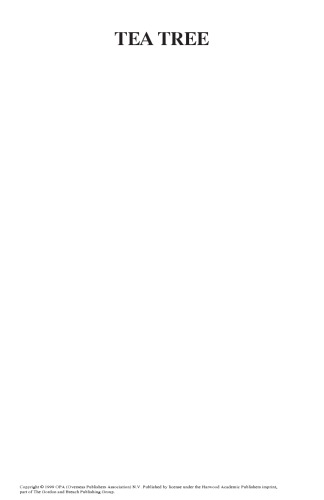


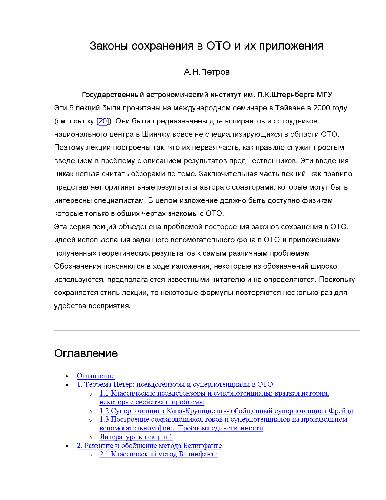
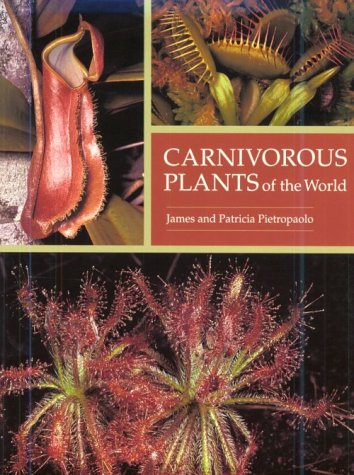
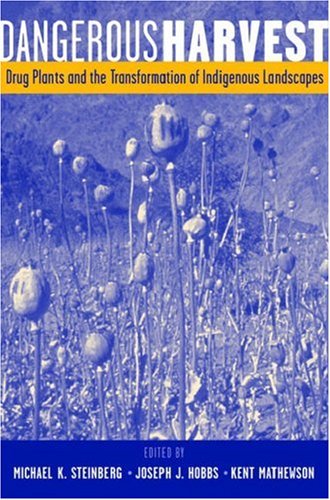
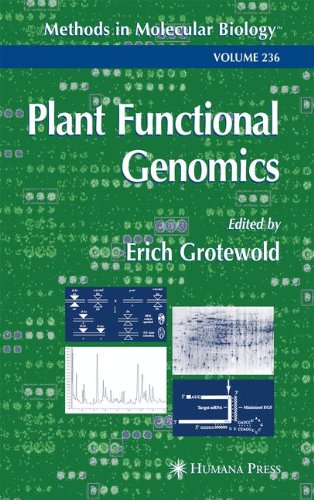
Reviews
There are no reviews yet.